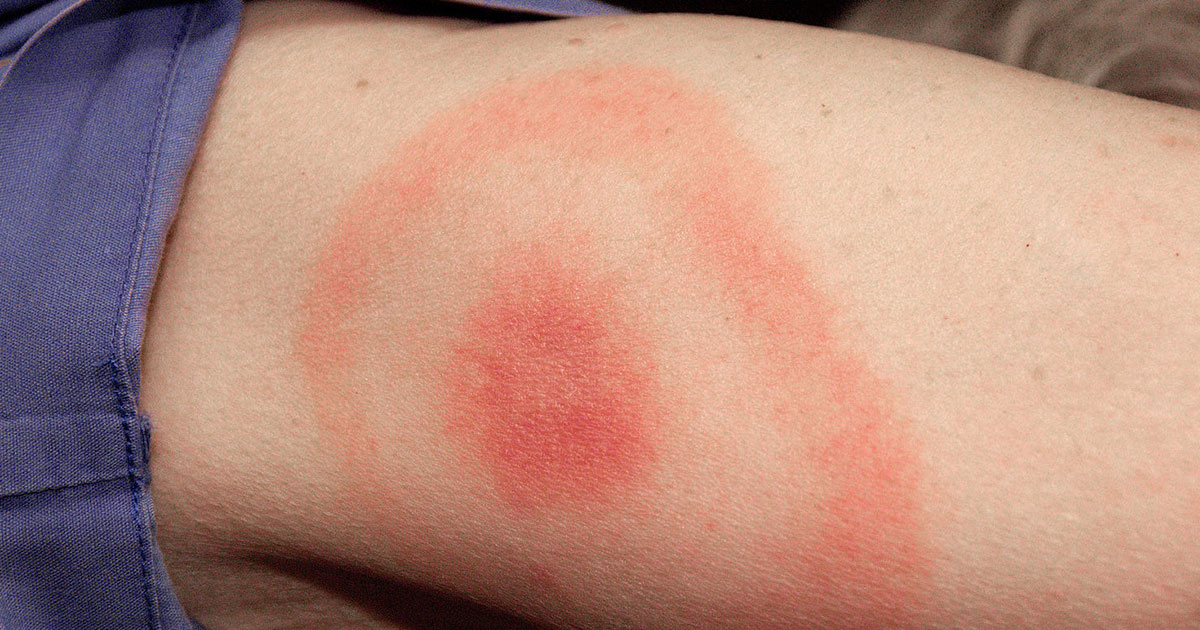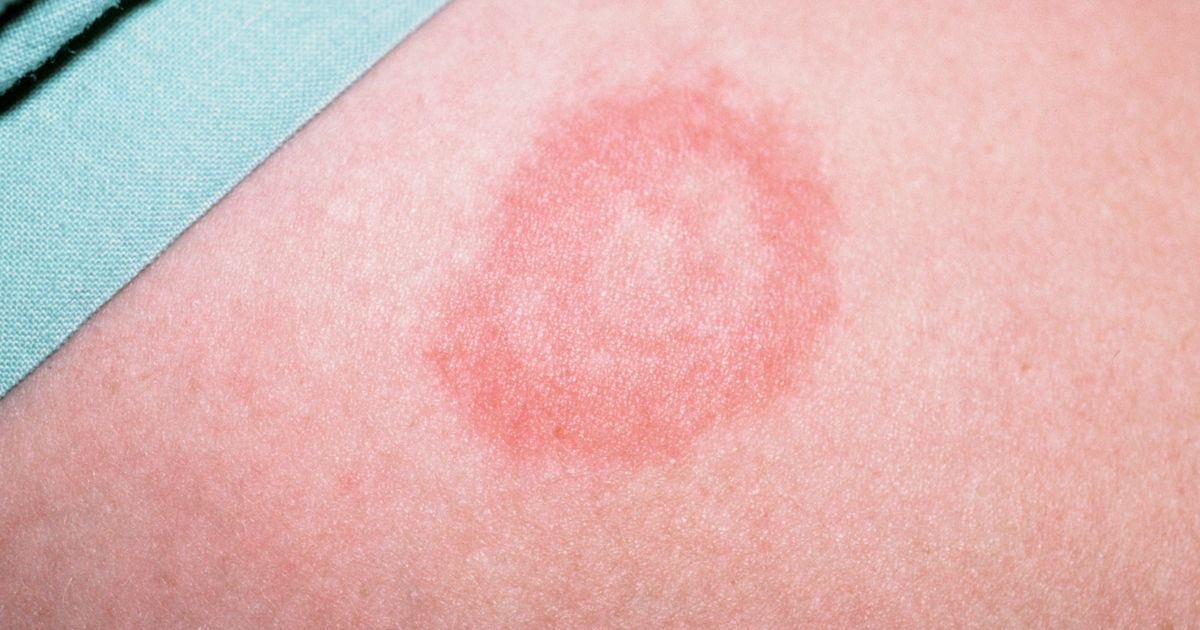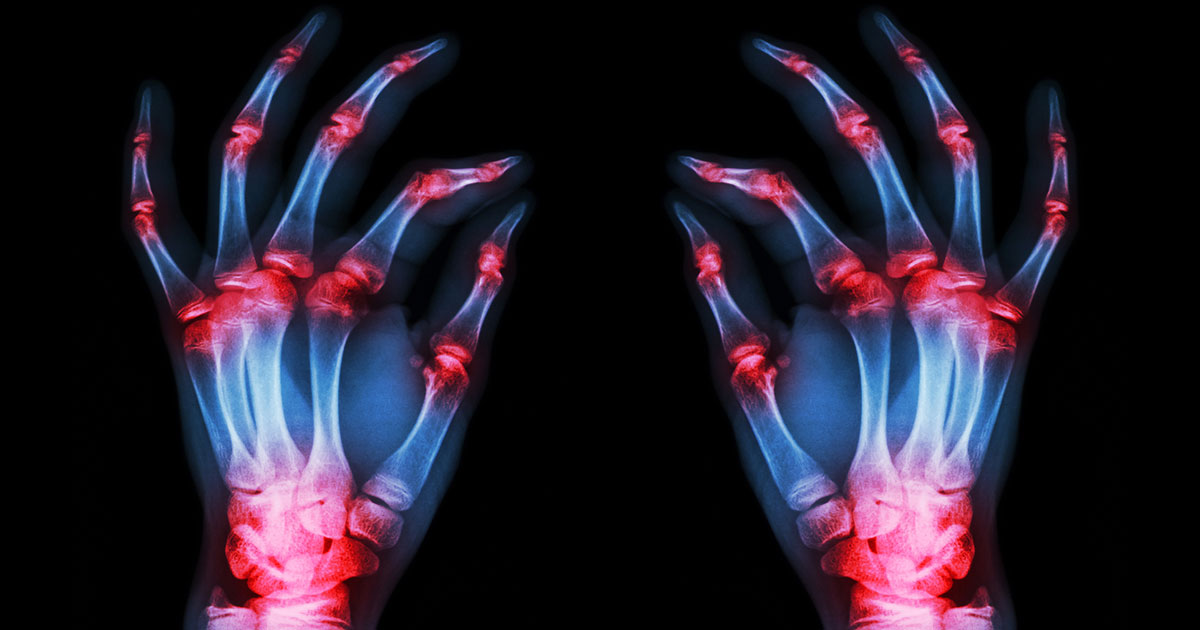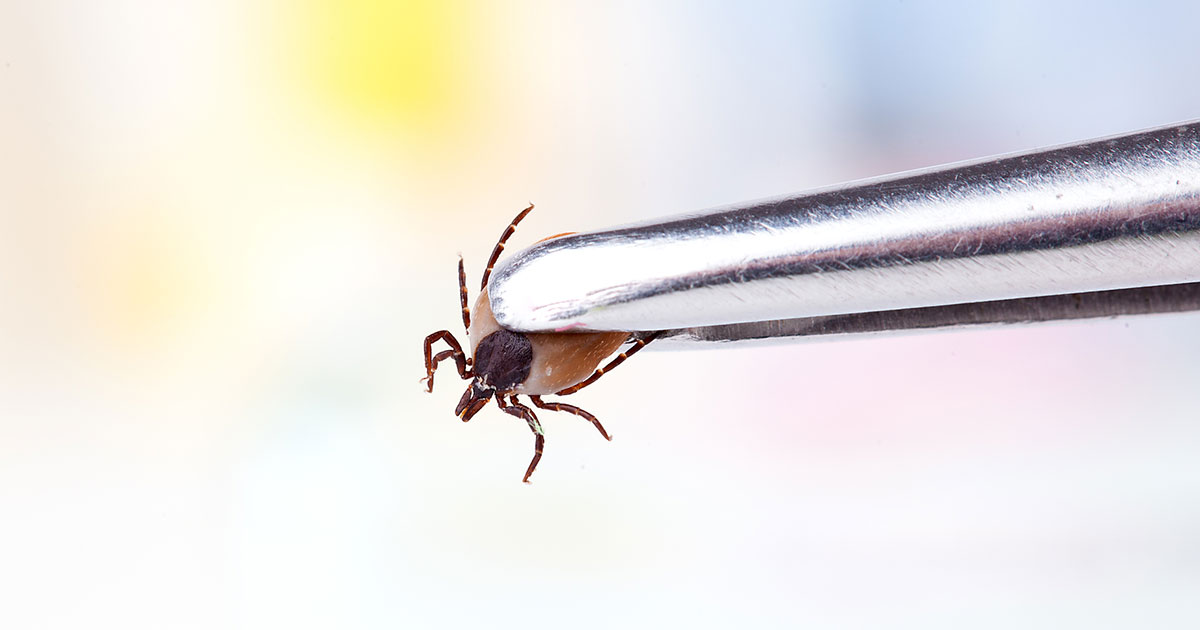Important Symptoms, Stages And Treatment For Lyme Disease
Lyme disease is an infection caused by the bacteria that is transmitted through the bite of an infected black-legged tick or deer tick. Borrelia burgdorferi bacteria commonly infects animals such as birds, small rodents, and deer. When ticks bite the infected animals, they may become infected themselves, and then continue to pass the infection on to other animals, including human hosts. According to the Centers for Disease Control and Prevention (CDC), the chances of getting Lyme disease is dependent on the kind of tick, where and when the bite occurred, and how long the tick was attached. Black-legged ticks must be attached for a minimum of twenty-four hours to transmit Lyme disease.
The Symptoms Of Lyme Disease

The symptoms of Lyme disease vary and may take anywhere from three days to a month to take effect. The early signs include chills, fatigue, fever, headache, muscle and joint pain, swollen lymph nodes, and in seventy to eighty percent of cases, a red and round rash. The rash may feel warm to the touch but seldom feels itchy or painful. It tends to expand over a period of days, growing to approximately twelve inches in diameter. As the infection progresses, other symptoms can occur including new rashes, arthritis, dizziness, heart palpitations, loss of muscle tone in the face, inflammation of the brain and spinal cord, and numbness, pain or tingle in the hands and feet.
Diagnosing And Treating Lyme Disease

Lyme disease is diagnosed based on the signs and symptoms that a patient may have and a possible history of exposure to infected ticks. Laboratory blood tests can be a helpful tool when attempting to diagnose Lyme disease. However, blood tests are only recommended for patients who have the typical symptoms. It is also essential to avoid misdiagnosis and treatment when the cause of symptoms may come from another illness.
Lyme disease is treated with the antibiotics amoxicillin and tetracycline, which are prescribed for ten to twenty-one days. Other antibiotics such as cefuroxime and doxycycline may be used as treatment.
Causes And Risk Factors For Lyme Disease

Lyme disease is an infectious disease spread from host to host through the bite of infected ticks. Ticks need blood to survive, so they attach themselves to hosts such as mice, deer, dogs, and humans to feed. Upon feeding on animals that are infected with the Lyme disease bacteria, ticks become infected, continuing to infect other animals and humans that they feed off of. In most cases, an infected tick must be attached for twenty-four hours before the bacteria can be transmitted.
Pets, particularly dogs, can increase the chance of being bitten by an infected tick, as they can carry the ticks into the home or yard.
Preventing Tick Bites And Lyme Disease

The best way to prevent Lyme disease and other bacteria caused illnesses, is by avoiding tick bites. Some ways to stay protected and to avoid tick bites while venturing into woodlands or forested areas include wearing light-colored long-sleeved shirts and pants and keep shirts tucked into pants and socks pulled over pant legs. Other ways to prevent getting bitten by ticks involves using bug spray containing DEET or Icaridin on clothing and skin, walking along cleared paths, showering within two hours after being outdoors, and doing a full-body check. If an attached tick is found, it is essential to remove it immediately with tweezers. It is also essential to check all outdoor gear and pets before returning home, as they could carry ticks inside the house.
The Three Stages Of Lyme Disease

There are three stages of Lyme disease that progress quite quickly. The first stage is within the early few days after infection and is the easiest time to treat the illness. As the disease progresses to the second stage, usually within days or weeks after the initial infection, the symptoms become worse, and the infection spreads. When the Lyme disease reaches its third and last stage within months to years after the infection, it is called chronic Lyme. Chronic Lyme disease can result in symptoms like neurological illnesses like paralysis and can affect hormone production.
Stage Three: Chronic Lyme Disease

Stage three of Lyme disease is also known as chronic Lyme disease (CLD), which is the last and most dangerous stage of the disease. It can have much worse symptoms that can damage the joints, nerves, and brain. Symptoms at stage three may include chronic Lyme arthritis, which causes recurring episodes of swelling, redness and fluid buildup that can affect joints for up to six months at a time. Other symptoms of CDL include numbness and tingling in the hands, feet, or back; fatigue; problems with memory, mood, or sleep, and heart complications.
Tick Identification And Removal

There are a few ways to remove a tick; however, the easiest and one of the most effective is by using tweezers. With fine pointed tweezers and a steady hand, grasp the mouthparts of the tick, and slowly pull it straight out. After the tick has been removed, wash the bite using soap and water, followed by an antiseptic.
Facts About Lyme Disease

The life-cycle of a tick can span up to two years in their natural environment, and those who are carriers of Borrelia are infectious all year long.
The average time that symptoms appear in Lyme disease is within the first two weeks but can range from a few days to months or years. There are over one-hundred symptoms of Lyme disease, and it can take anywhere from four weeks to years of treatment to eliminate the symptoms of the illness. However, there is no cure for stage three Lyme disease, chronic Lyme but early and successful antibiotic treatment will significantly reduce the chances of Lyme progressing to the chronic stage.
Lyme Disease Data And Statistics

In 2015, the CDC did a study which found that approximately three-hundred-thousand are diagnosed with Lyme disease each year in the United States. The same study found that over ninety-six percent of all cases reported to CDC were in fourteen states concentrated in the Northeast and Midwest; these include Connecticut, Delaware, Maine, Maryland, Massachusetts, Minnesota, New Hampshire, New Jersey, New York, Pennsylvania, Rhode Island, Vermont, Virginia, and Wisconsin. Infected ticks may also be found in neighboring states, as well as some areas of Northern California, Oregon, and Washington.